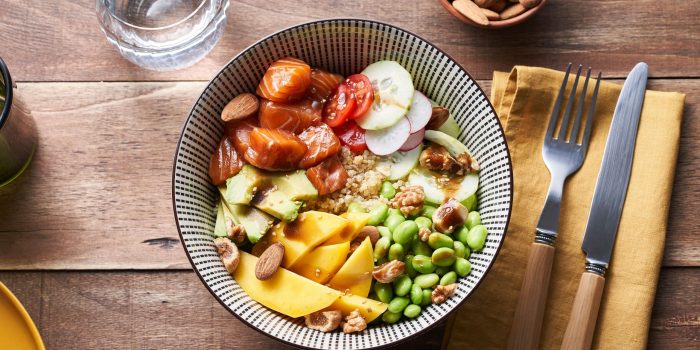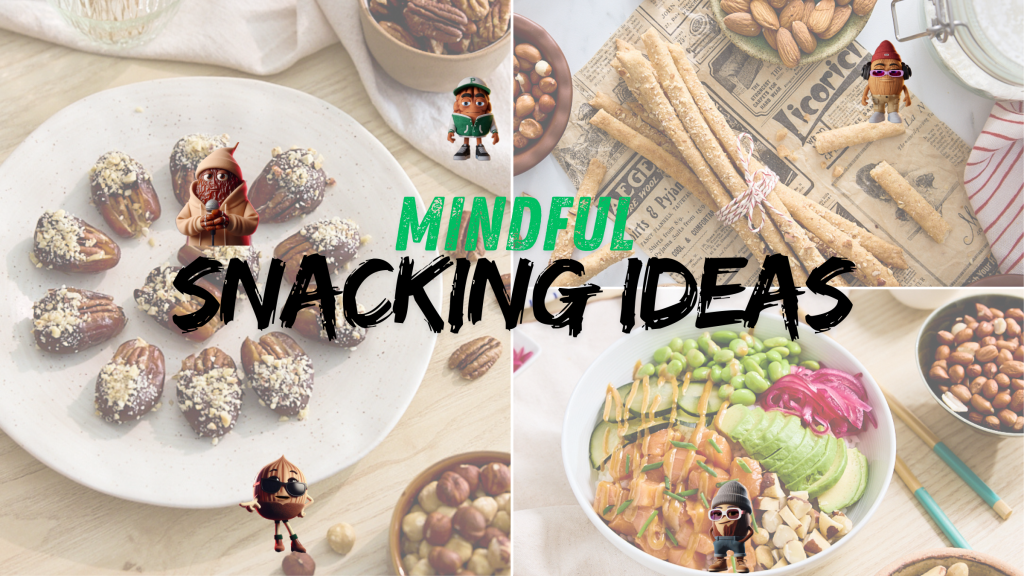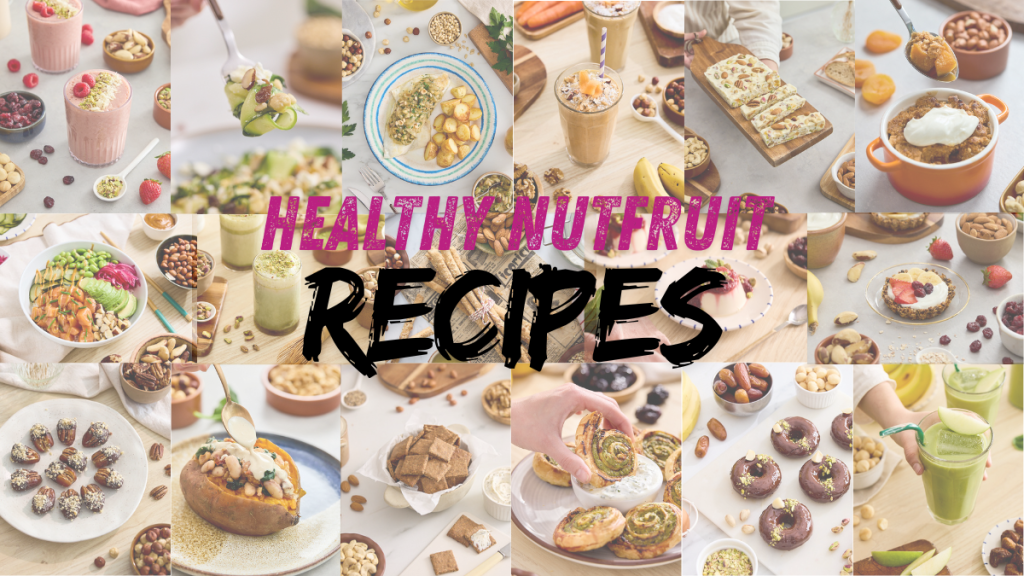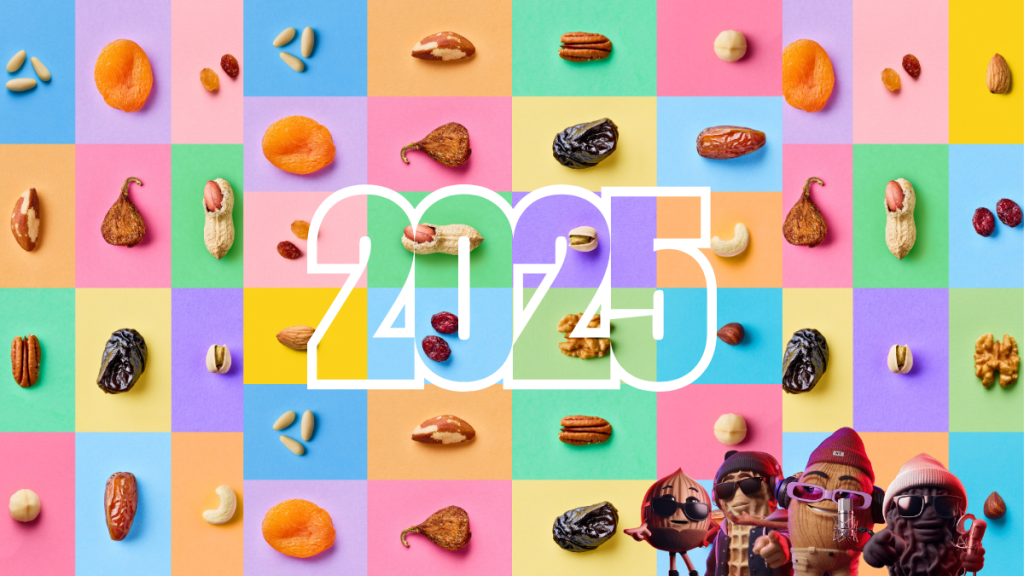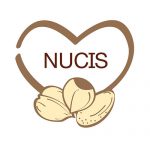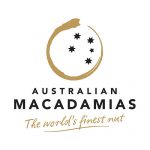As plant-based eating enters the mainstream there is one type of dish that is becoming seemingly popular, the Buddha Bowl. Full of mainly plant-based nutritious goodness, the Buddha Bowl is the perfect easy meal option to help you maintain a healthy eating lifestyle. So, without further ado, let’s get started on why you should make, and how to make, the perfect Buddha bowl!
First of all, what is a Buddha Bowl?
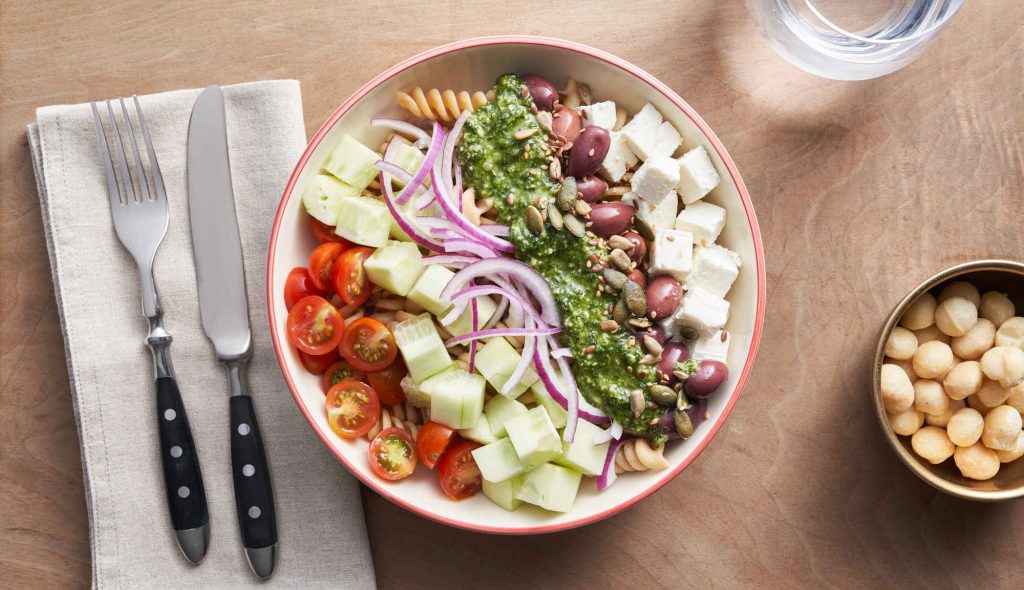
A Buddha Bowl is a one-dish meal served in a bowl consisting in a balanced meal. Balance is a key concept for Buddhists so the name of “Buddha Bowl” may originate from here. For a balanced meal, we understand a meal that contains most of the nutrients that our body needs. So, this dish should contain micronutrients (vitamins and minerals), which we obtain from vegetables and fruits, plus the three macronutrients: carbohydrates, protein (animal or vegetable) and healthy fats such as those found in nuts.
Nutrition properties of Buddha Bowls
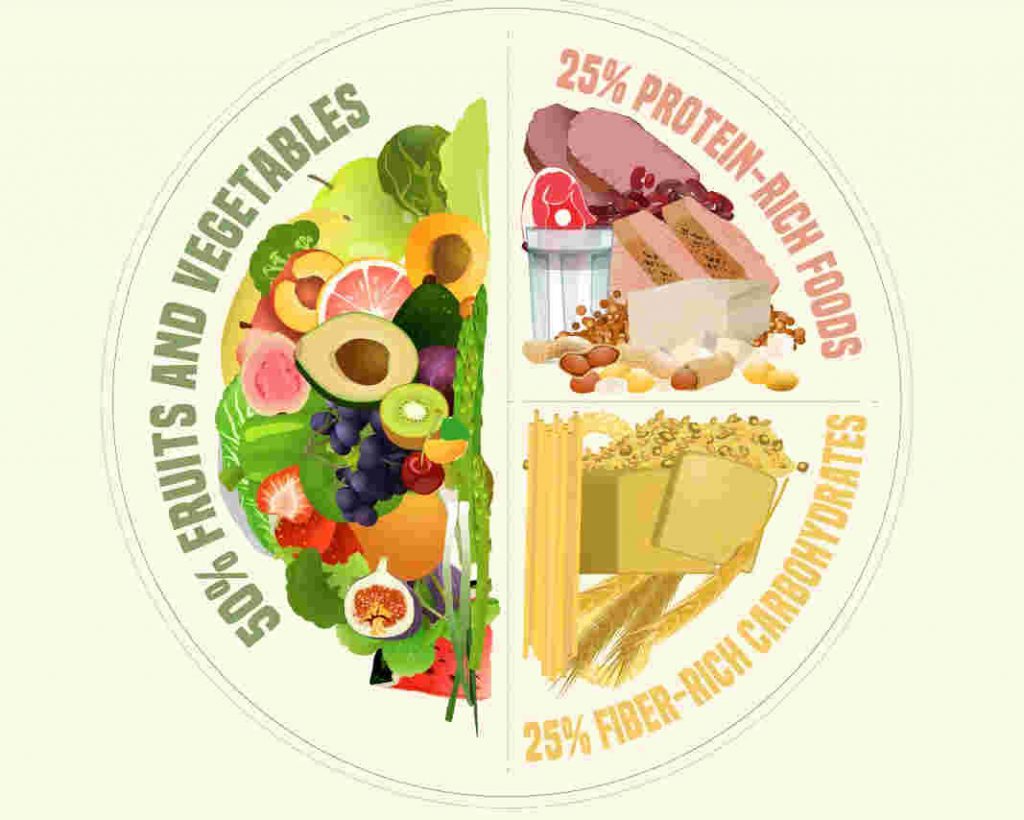
As we mentioned, a Buddha Bowl should contain all the macronutrients (carbohydrates, proteins and fats) that we need to eat every day. Carbohydrates and fats provide us with the energy that we need to keep up with the day while protein contributes to the maintenance of normal bones and muscle mass. Micronutrients, such as minerals and vitamins, that we obtain from vegetables and fruits, play a key role in maintaining our overall health with some vitamins and minerals, such as vitamin A, vitamin B6, selenium, zinc, iron and copper contributing to the normal function of the immune system. For that reason, a Buddha Bowl is a perfect dish for breakfast, lunch or dinner.
What do you need to make a delicious Buddha Bowl?
- Vegetables: Pick up a bunch of green leaves (mix of lettuces, kale, broccoli, spinach etc.) or the vegetables that you like most. Try to mix two or three different color veggies, not only will your Buddha Bowl will be more colorful but you’ll get an added variety of vitamins and minerals. Also, you can choose between raw or cooked veggies.
- Carbohydrates: whole wheat pasta, brown rice, quinoa, bulgur, potato, etc. Boil one portion of pasta, rice or the cereal that you prefer. For a breakfast bowl, you can add oats or sugar-free muesli.
- Protein: Add some animal protein (fish, lean meat or egg) or vegetable protein (tofu, tempeh, legumes, etc.). If you are preparing a breakfast bowl, you can add yogurt, milk or any vegetable drink, such as soya, rice, oat or nut drink.
- Fats: Add some healthy fats, such as nuts, avocado, olives, or olive oil as a dressing.
- Toppings: You can add whatever you like most. Some fruit, seeds or a mix of nuts and dried fruits.
- Dressing: from the classic one, extra virgin olive oil and balsamic vinegar, to peanut sauce, tahini, yogurt and mint sauce, try a different one every day!
If you need some inspiration of what to put in your Buddha Bowl, visit our Buddha Bowls recipes. Don’t forget to share your creations with us on Instagram and tag us @nutfruithealth.

